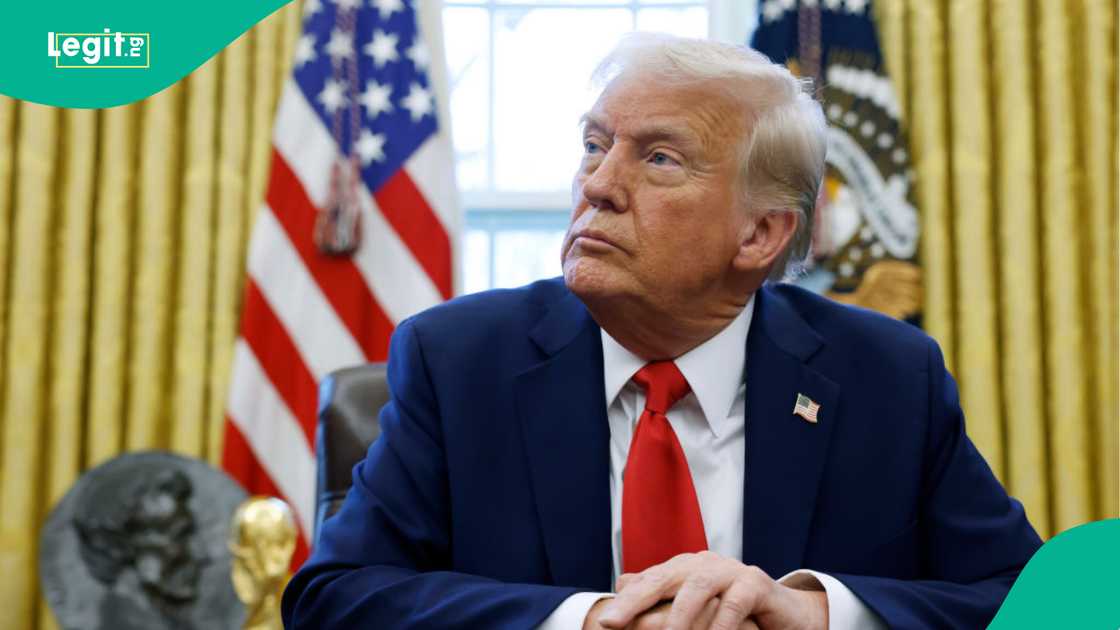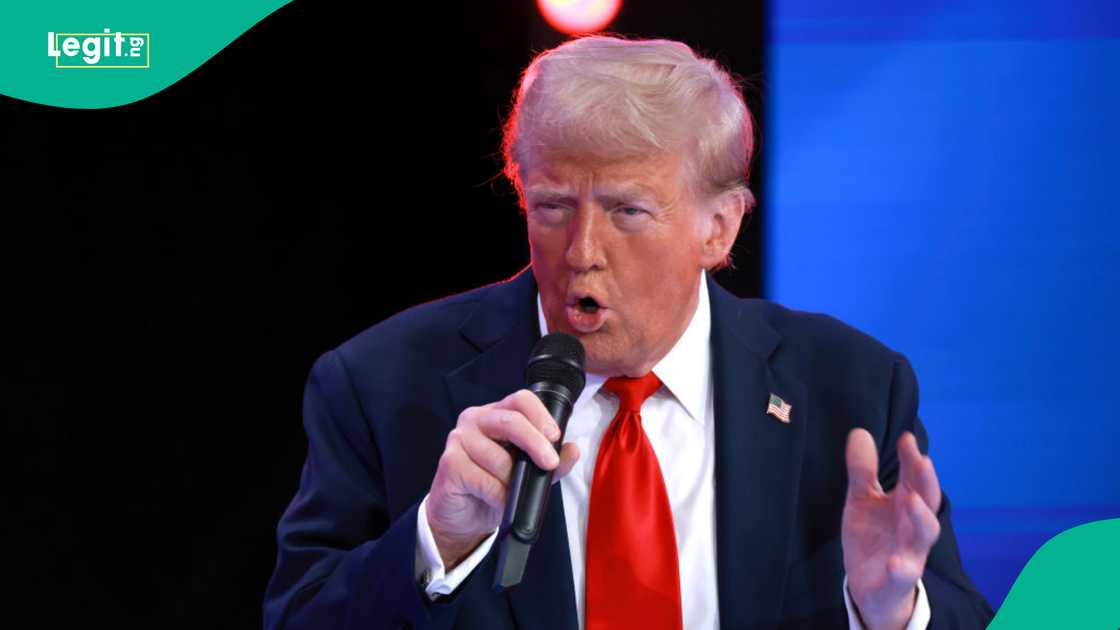- The United States is experiencing a government shutdown after President Donald Trump and Congress could not agree on funding before the deadline.
- Hundreds of thousands of federal employees are set to be furloughed, with essential services experiencing interruptions, leading to extensive economic and political consequences.
- At the core of the conflict is a fierce argument about medical care financing, intensifying political differences and offering no obvious way forward.
The United States is experiencing a new phase of political and economic instability after a government shutdown occurred due to an inability to secure a funding deal between President Donald Trump and Congress by the Wednesday deadline.
Although there were last-minute attempts, Trump and lawmakers failed to reach an agreement to maintain federal programs and services.

“We don’t want it to close down,” the president stated at the White House before the midnight deadline. Nevertheless, the deadlock continued, representing the third shutdown during Trump’s presidency and the first since he came back to power this year.
Federal employees laid off due to budget disagreement
Around 750,000 federal workers are anticipated to be placed on unpaid leave, and some could be let go under the Trump-led Republican government.
Several government agencies could remain closed for an extended period as the president has pledged to “take actions that are irreversible, that are harmful” in response. Although his plan to deport individuals will proceed without interruption, critical services like education and environmental initiatives are expected to suffer.
The closure has sparked intense political conflicts, as Democrats are pushing for renewed financial support for healthcare subsidies under the Affordable Care Act.
These financial supports, which have now ended, have caused a significant rise in insurance costs across the country. Meanwhile, Republicans have declined to participate in discussions, advising Trump to steer clear of any concessions.
Political blame game intensifies
Vice President JD Vance mentioned during an appearance on Fox News Channel’s “Fox & Friends” that the Republican party is prepared to tackle health care issues, but solely following the resumption of government operations.
He cautioned about extensive impacts, such as interruptions in food aid programs, travel delays, and un-paid military staff. “It’s madness, and people will endure hardship because of this,” Vance stated.
After a controversial meeting at the White House, Trump shared a fabricated video ridiculing Democratic leaders, drawing widespread condemnation as trivial and racially offensive.
The absence of a defined resolution process has put millions of Americans at risk, causing confusion in benefit payments, employment agreements, and public services.
Rachel Snyderman, who serves as the managing director of economic policy at the Bipartisan Policy Center, stated that shutdowns “only bring about economic losses, anxiety, and uncertainty throughout the nation.” She further noted, “The way the government allocates funds reflects the nation’s values.”

Potential economic consequences arise as the shutdown begins to take effect
The financial consequences of the shutdown are anticipated to spread throughout the country. The government’s monthly employment report, scheduled for release on Friday, might be postponed or canceled. Although previous shutdowns have had minimal influence on stock markets, a study from Goldman Sachs indicated that this situation could be unique because there are no active discussions taking place. “There are also very few similar situations to compare this week’s possible shutdown with,” the report stated.
The Office of Management and Budget under Trump, headed by Russ Vought, has directed agencies to get ready for both furloughs and large-scale layoffs. This order is in line with the administration’s overall goal to shrink the federal government, driven by the Department of Government Efficiency.
What stays open and what shuts down
Although the shutdown has occurred, Medicare and Medicaid are anticipated to remain active, though there may be delays because of a lack of staff. The Pentagon will keep functioning, and the majority of Department of Homeland Security workers will continue to work. Nevertheless, Trump has indicated that initiatives supported by Democrats might experience significant reductions, expressing his plan to focus on “programs that they favor.”
The Smithsonian museums are expected to stay open through Monday, whereas former national park supervisors have recommended the administration to restrict park access, highlighting safety and resource issues.
Budget impasse centered on health care expenses
Before the start of the fiscal year, House Republicans introduced a temporary funding measure to keep government activities running until mid-November. Nevertheless, the bill did not pass in the Senate, as it needed 60 votes to be approved. A similar proposal from Democrats also did not succeed, resulting in a deadlock in discussions.
Senate Majority Leader John Thune stated that Republicans are willing to talk about health care financing, but not in the situation of keeping the government running. Additional votes are expected, although no significant progress seems likely.
Senate Democratic leader Chuck Schumer is under increasing pressure from progressive voters to maintain his stance. “Americans are struggling with rising expenses,” Schumer stated following Tuesday’s unsuccessful vote.
House Speaker Mike Johnson, who had sent legislators back home almost two weeks prior, attributed the government shutdown to Democrats. “They are eager to battle Trump,” Johnson stated during an appearance on CNBC. “Many deserving individuals will suffer as a result of this.”
At a meeting with congressional leaders, Trump reportedly showed astonishment at the increasing costs of health care. Meanwhile, Democrats left without a defined route for discussions.
The ongoing government shutdown is part of a pattern of federal funding interruptions, such as the 35-day closure in Trump’s first term related to border wall financing and the 16-day shutdown in 2013 under President Obama, which was caused by Republican resistance to the Affordable Care Act.
U.S. embassy in Nigeria halts online interactions
the peoples.ngPreviously, it was reported that the U.S. Embassy in Nigeria has suspended regular posts on its official X (formerly Twitter) account, due to the continuous impasse in government funding in Washington.
On Wednesday, October 1, the Embassy released a statement confirming that the suspension resulted from a “lapse in appropriations,” a diplomatic term used to describe the partial closure of the U.S. government. This shutdown occurred after Congress failed to approve a new budget or a temporary funding measure.

